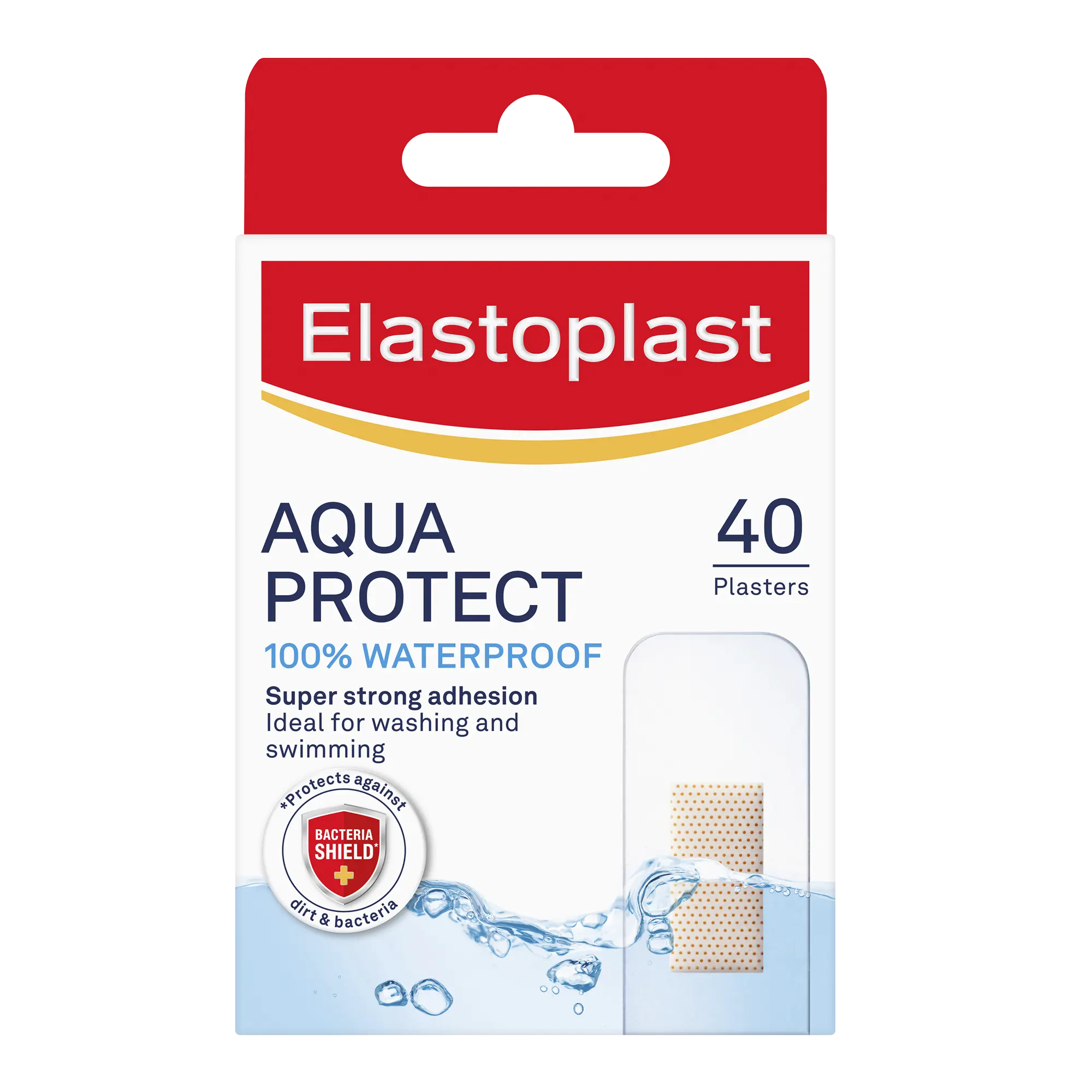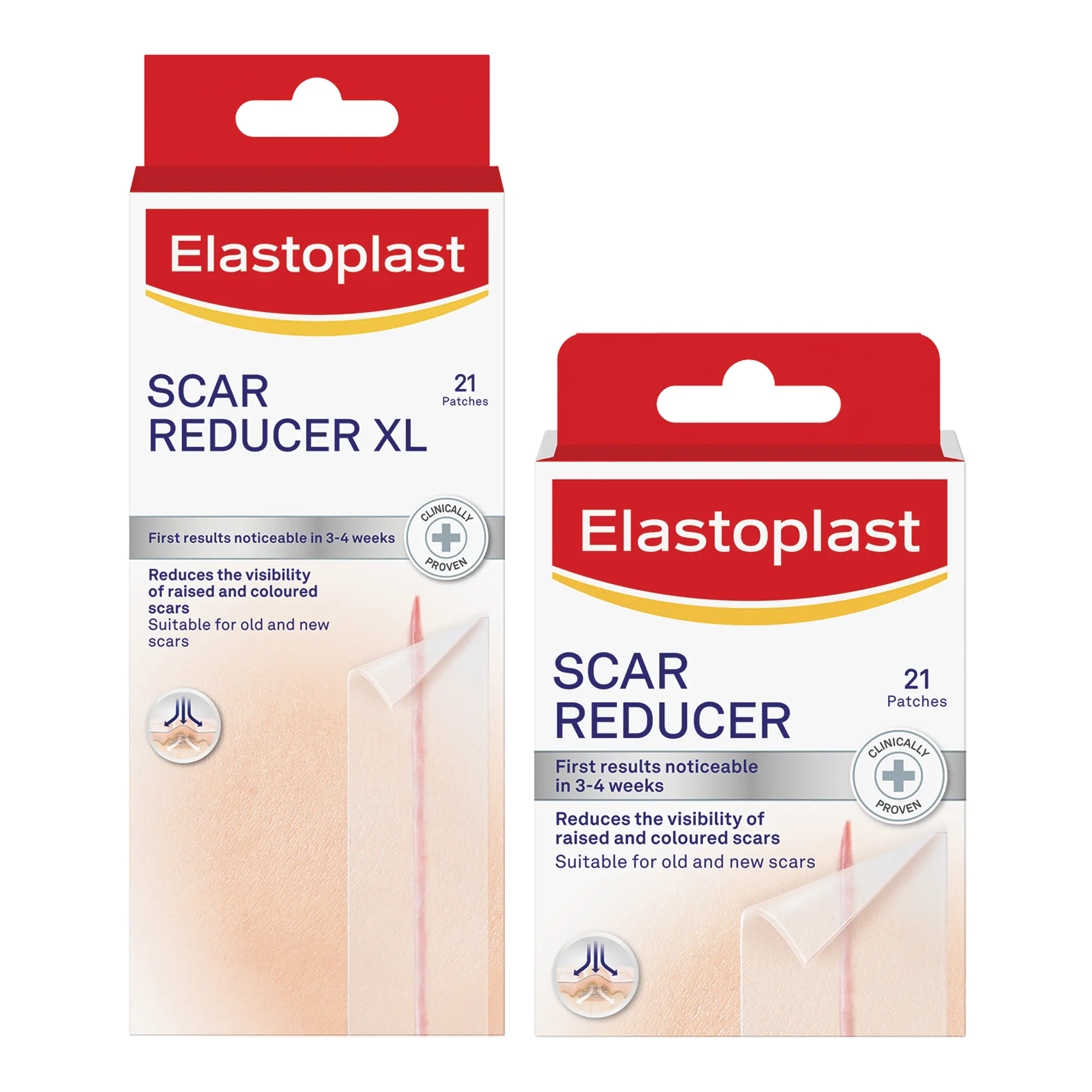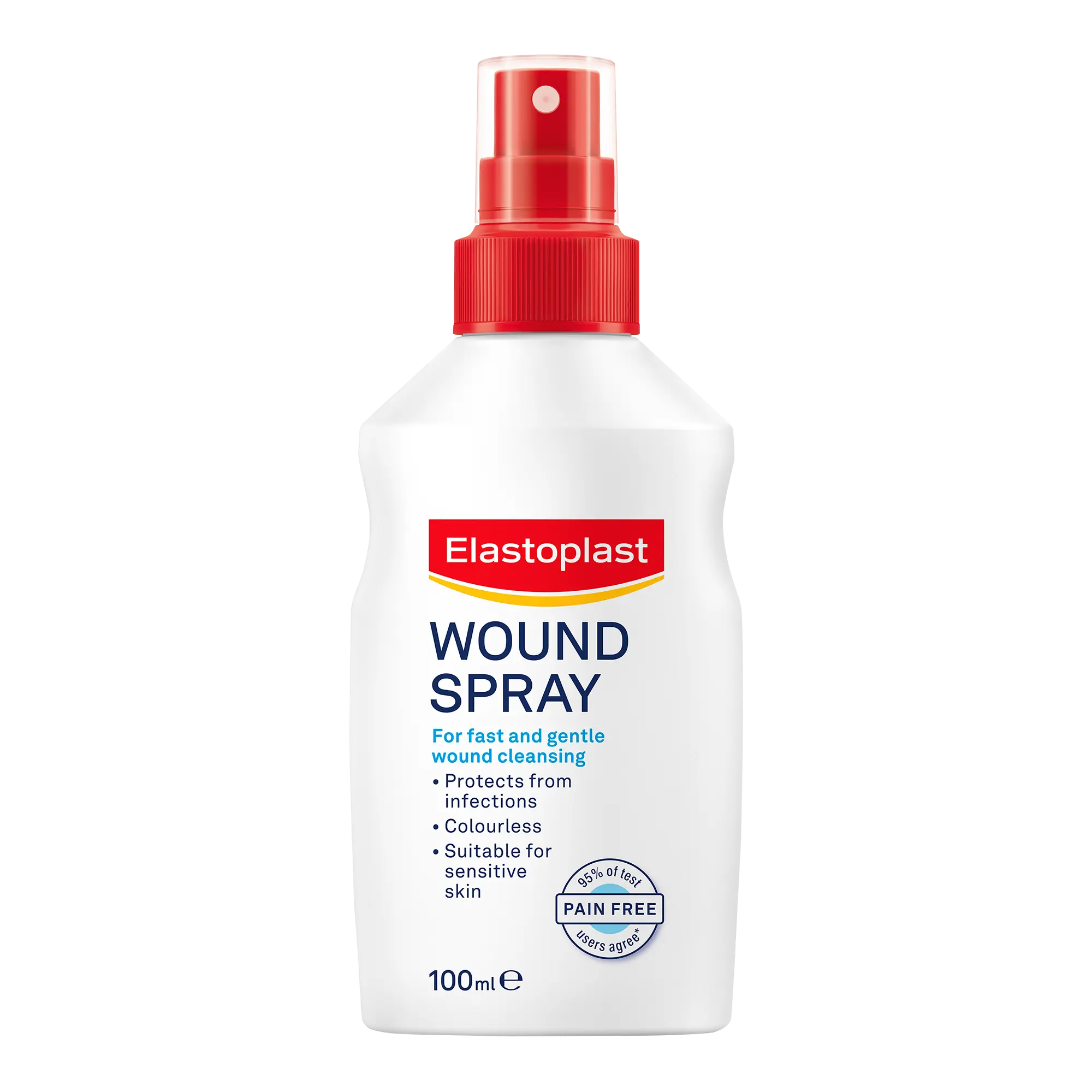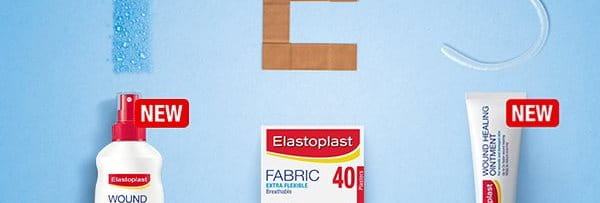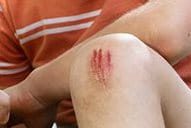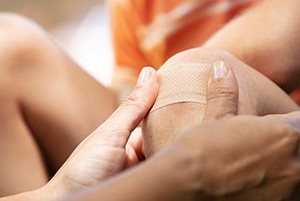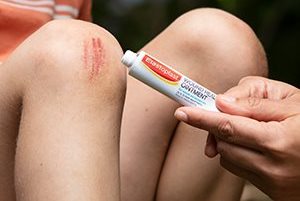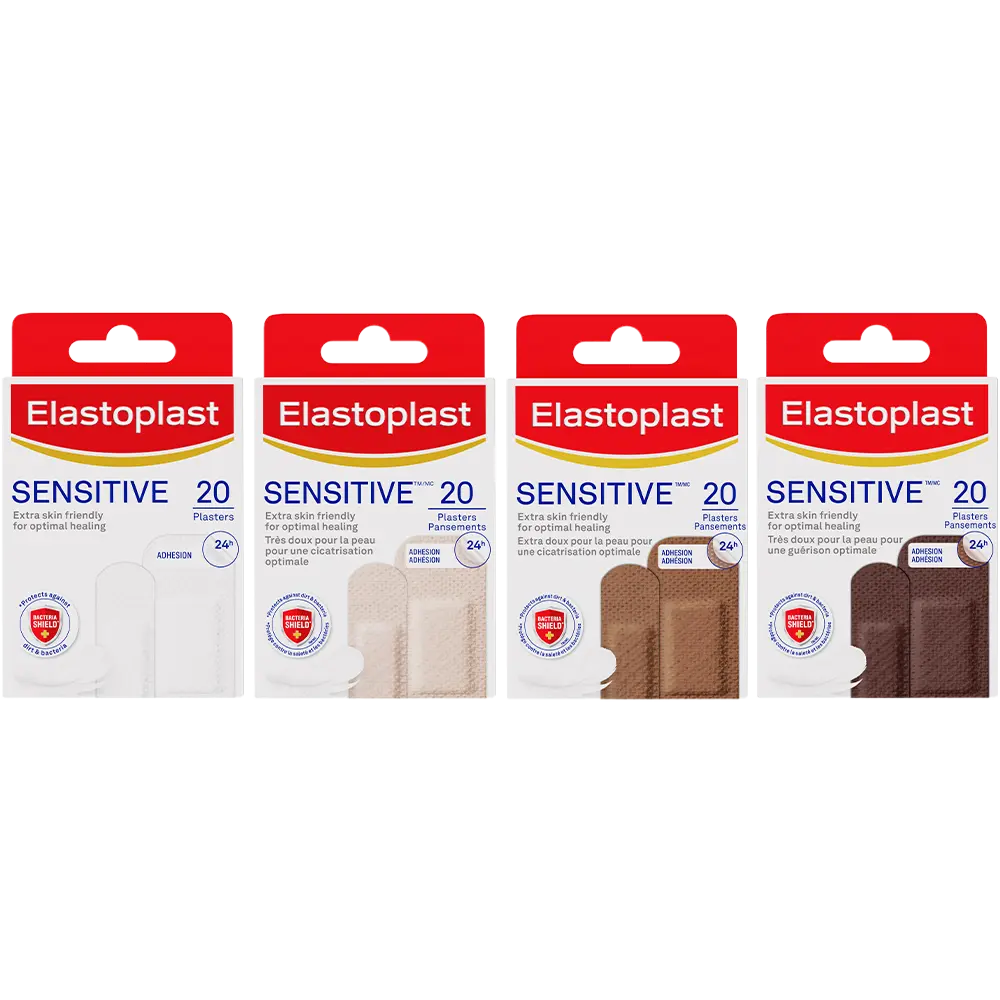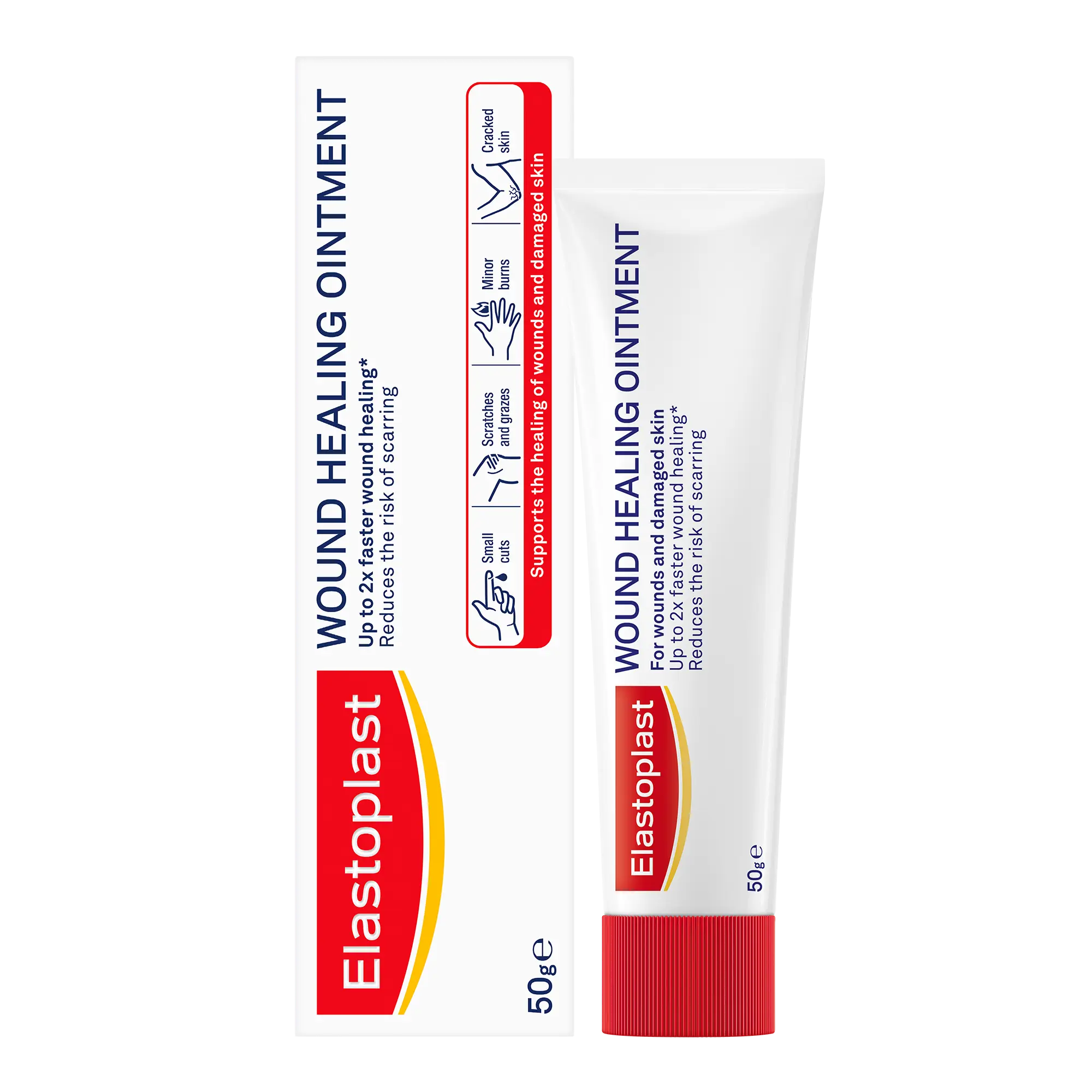Whether it’s a small cut on the finger or even a surgical wound with stitches, wounds are part of everyday life.
However, it can be hard to know if you’re doing the right thing when treating your wound or helping others. Fortunately, a good wound care doesn’t have to be complicated!
Depending on their type, size and location, most wounds can be treated easily at home. A good wound management consists of 3 steps:
1. Cleanse: A clean and cleansed wound is the first step to an optimal healing. Cleanse your wound from dirt, bacteria and visible particles with the Elastoplast Wound Spray to prevent infections.
2. Protect: The second step is to protect your wound from dirt and bacteria to enable an undisturbed healing. Cover your wound with an Elastoplast Plaster or Elastoplast Wound Dressing.
3. Heal: In a third step, you can help your wound to heal faster, with a lower risk of scarring. Apply the Elastoplast Wound Healing Ointment regularly until the wound has healed completely.
Following these three simple steps will help to prevent wound infections, support faster healing and improve the appearance of your healing skin.
This way, you can be sure you’ve done the right thing for you and your loved ones.
